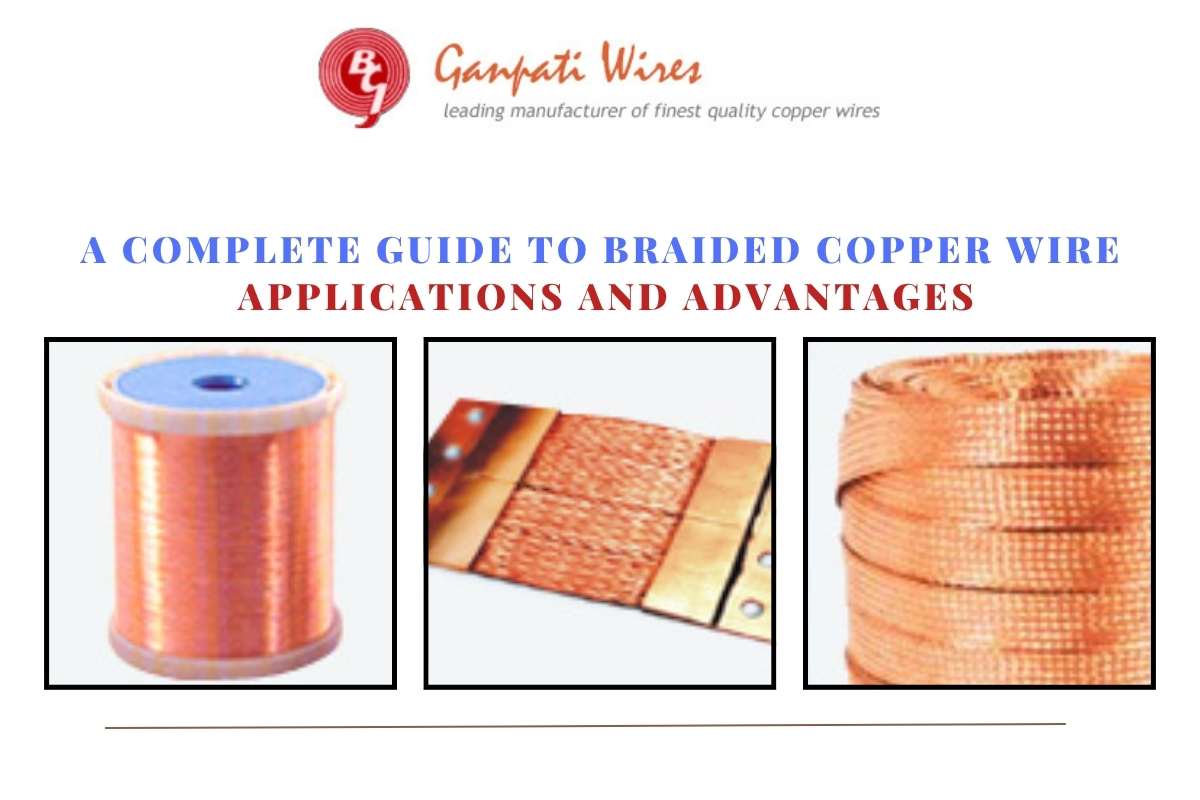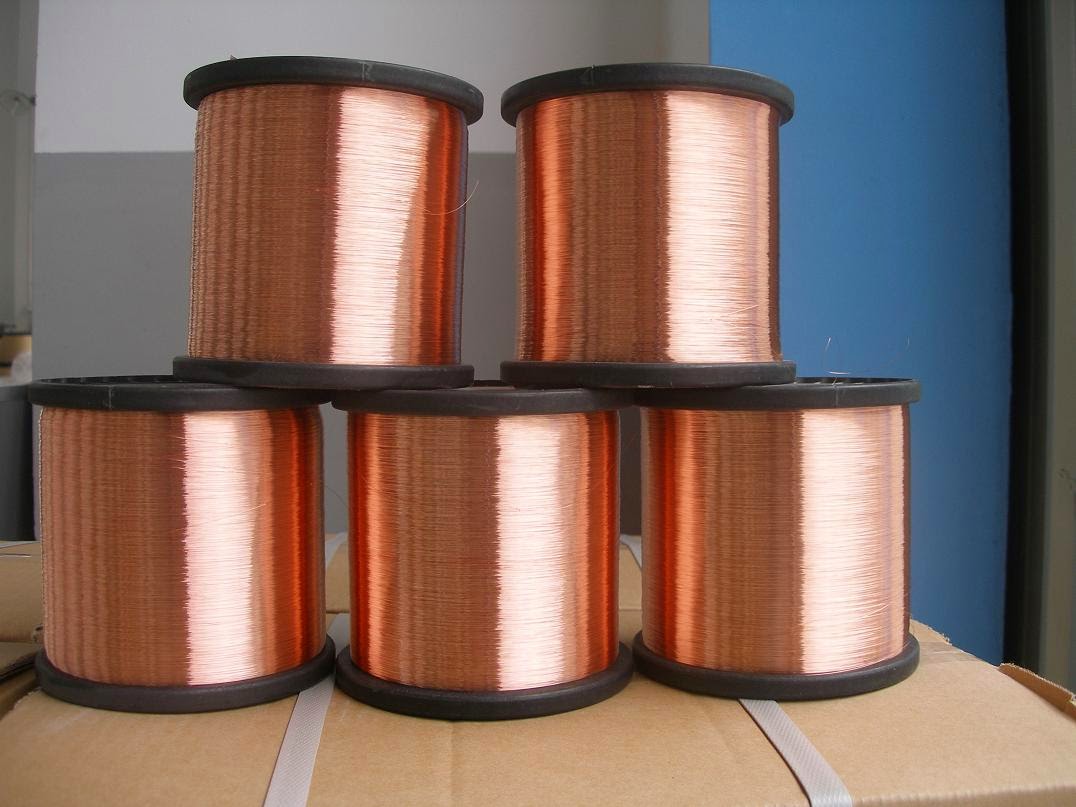What is Aluminium Strip Tape and How is it Used?
In the world of electrical and industrial materials, aluminium strip tape stands out as a versatile component that combines conductivity with durability. This material is a thin, flat strip of aluminum that can be used in various forms, often enhanced with adhesives or coverings for specific purposes. It plays a key role in applications where lightweight, corrosion-resistant conductors are needed, making it a go-to choice for engineers and manufacturers alike.
Understanding the Basics
Aluminum, known for its excellent electrical conductivity and low weight, forms the core of this tape. When shaped into strips, it becomes easy to handle and apply in tight spaces. The tape aspect often refers to its adhesive backing or the way it's wound for easy dispensing. Experts in materials science emphasise that aluminium's natural oxide layer offers inherent protection against environmental factors, ensuring long-lasting performance. This makes it ideal for scenarios where reliability is paramount.
The production process involves rolling aluminum into precise thicknesses, typically ranging from a few microns to millimetres, depending on the intended use. Academic studies in metallurgy emphasise the importance of purity in aluminum to maximise conductivity, often achieving levels close to that of copper but at a fraction of the cost. This cost-effectiveness has led to its widespread adoption in modern industries.
Key Benefits and Properties
One of the standout features is its thermal conductivity. Aluminum efficiently dissipates heat, which is crucial in high-temperature environments. Researchers note that this property helps in maintaining stable operations in electrical systems, preventing overheating and extending equipment life. Additionally, its flexibility allows it to conform to irregular surfaces, providing a secure fit without compromising integrity.
Another advantage lies in its resistance to moisture and chemicals. In controlled tests, aluminium strips have shown remarkable stability, making them suitable for outdoor or harsh conditions. This resilience translates to reduced maintenance needs, a point often underscored by engineering professionals who prioritise efficiency in design.
Specialised Variants for Advanced Applications
When enhanced with protective coverings, these strips reach new levels of functionality. For instance, nomex covered aluminium strip tape incorporates a high-performance aramid paper known for its thermal stability. Nomex, a material celebrated in academic literature for its flame-resistant qualities, wraps around the aluminium strip to provide insulation up to 200°C or more. This covering ensures the strip can handle demanding electrical insulation tasks without degrading.
The integration of Nomex adds mechanical toughness, allowing the tape to withstand vibrations and physical stress. Experts in electrical engineering point out that this combination is particularly effective in shielding cables and conductors, offering a balance of flexibility and strength that pure aluminium alone might not achieve.
Practical Uses in Industry
In electrical transformers and motors, these strips are wound to create efficient coils. The lightweight nature of aluminum reduces overall system weight, which is beneficial in aerospace and automotive sectors. Studies from materials experts show that using such tapes can improve energy efficiency by minimising losses during power transmission.
Beyond electronics, they find roles in HVAC systems for sealing and insulating ducts. The adhesive properties ensure airtight connections, enhancing system performance. In construction, they help in joining insulation panels, contributing to better thermal regulation in buildings.
Another Innovative Option
Shifting focus to copper-based alternatives, kapton covered copper strip tape brings polyimide film into the mix for superior high-temperature resistance. Kapton, renowned for its use in space applications, can endure temperatures from -196°C to +250°C, as detailed in scientific reports. This covering provides exceptional electrical insulation, making it perfect for environments where thermal extremes are common.
The copper core offers higher conductivity than aluminum, which is why it's chosen for precision applications. Academic analyses confirm that Kapton's chemical resistance protects the copper from corrosion, ensuring consistent performance over time.
Diverse Applications Explored
This variant excels in flexible printed circuits and high-density interconnects. In electronics manufacturing, it's used for wrapping wires in devices that operate under heat stress, like in military or aerospace equipment. Researchers appreciate how it maintains dielectric strength, preventing short circuits and enhancing safety.
In the realm of renewable energy, such as solar panels or wind turbines, these tapes aid in connecting components reliably. Their thin profile allows for compact designs, which is a positive factor in miniaturising technology. Companies like Ganpati Wires specialise in producing these high-quality insulated strips, ensuring they meet industry standards for performance and reliability.
Enhancing Performance in Modern Tech
The ability to impregnate coverings with oils or resins further boosts their utility. For Nomex variants, this can improve compatibility with transformer fluids, leading to smoother operations. Engineering experts advocate for these enhancements as they contribute to overall system efficiency.
Similarly, Kapton's stability in vacuum conditions makes it invaluable for satellite and space probe wiring. The tape's adhesive ensures secure bonding, even in zero-gravity settings, as evidenced by successful missions documented in aerospace journals.
Why Choose These Materials
Selecting the right strip tape depends on the specific requirements of the project. Aluminum-based options are favoured for their affordability and lightness, while copper provides premium conductivity. Both, when covered, offer insulation that aligns with safety protocols, reducing risks in high-voltage scenarios.
Innovation in materials science continues to refine these products, with ongoing research focusing on even thinner profiles and higher temperature thresholds. This progress ensures they remain relevant in evolving technologies like electric vehicles and smart grids.
Conclusion
In summary, aluminium strip tape and its specialised forms, like Nomex-covered aluminium strip tape and Kapton-covered copper strip tape, represent essential tools in electrical and industrial fields. Their combination of conductivity, insulation, and durability supports a wide array of applications, from everyday HVAC sealing to advanced aerospace wiring. By leveraging these materials, engineers can achieve efficient, reliable systems that stand the test of time. As technology advances, these tapes will undoubtedly play a pivotal role in shaping future innovations, backed by the confidence of academic and industry experts.


.jpg)

Comments
Post a Comment